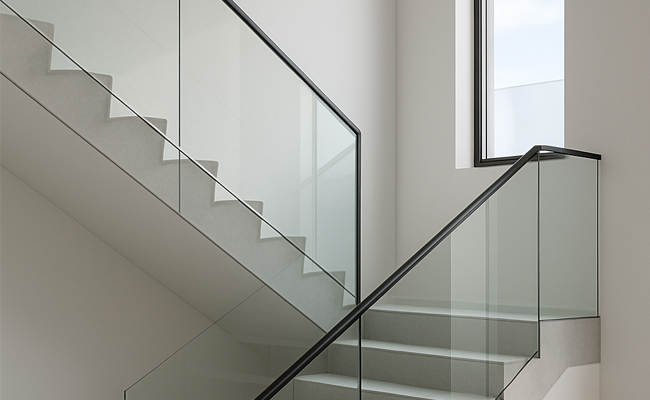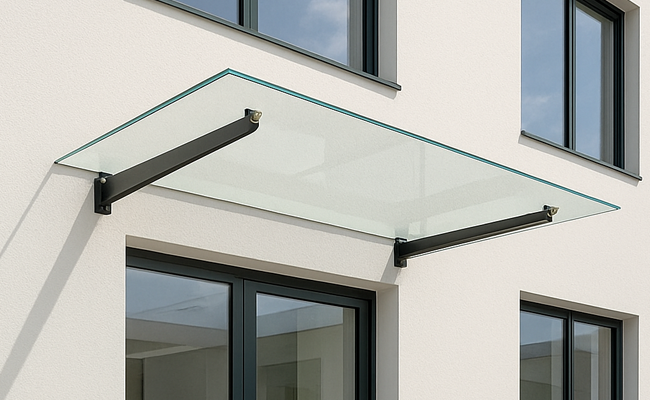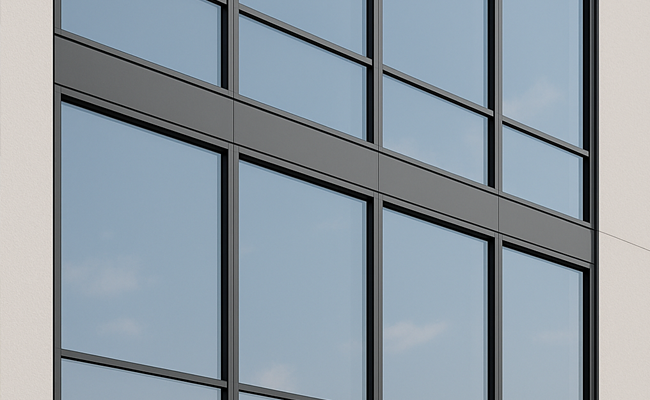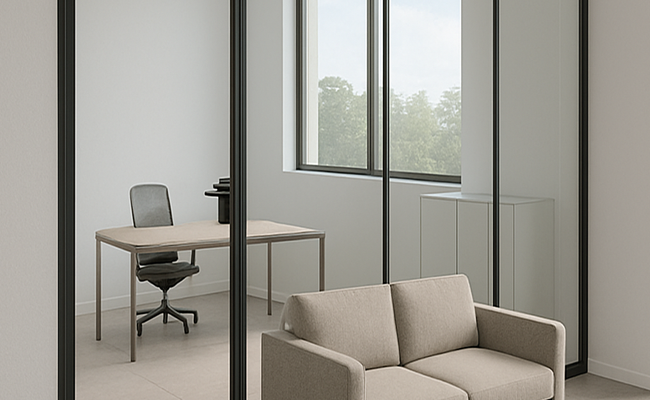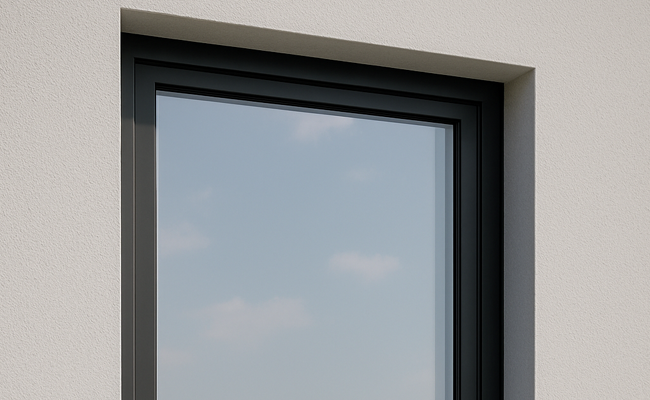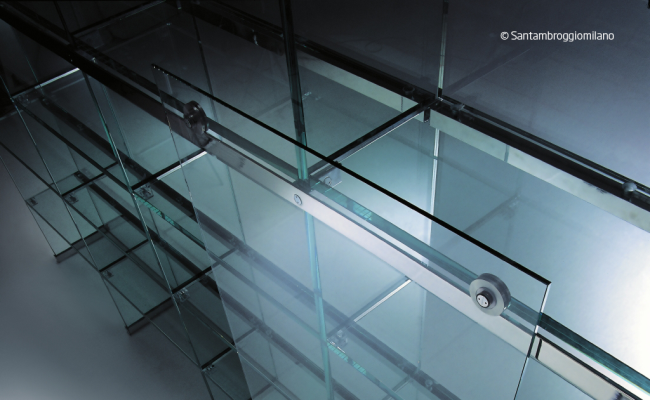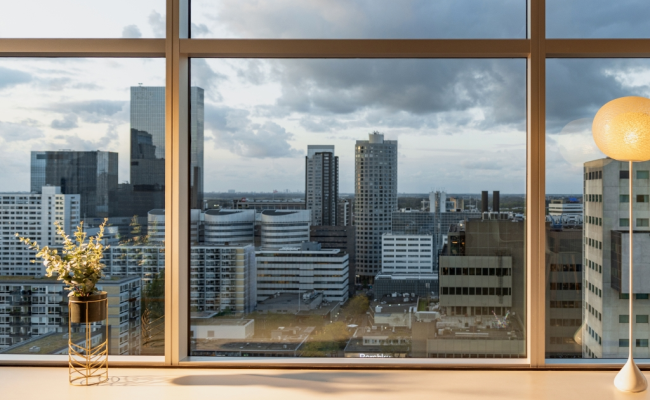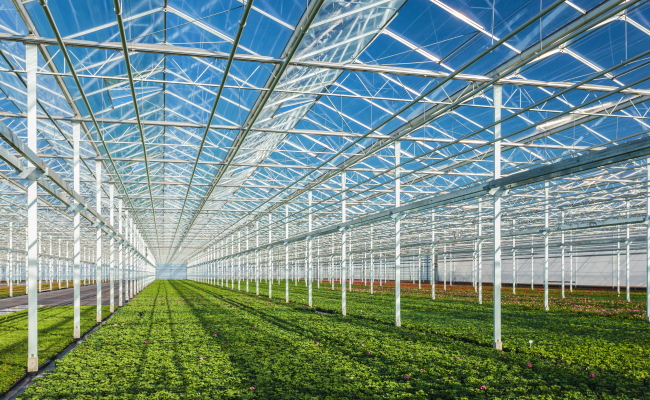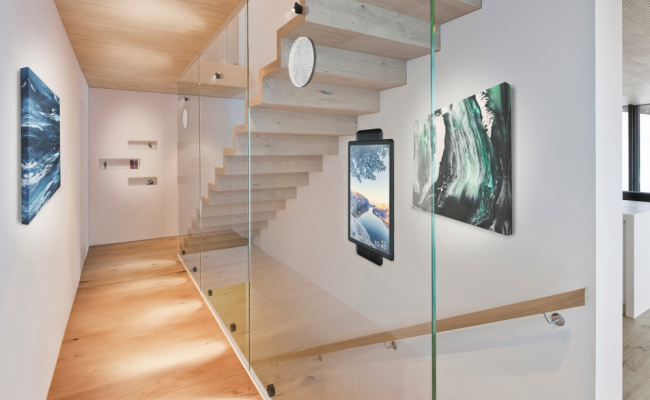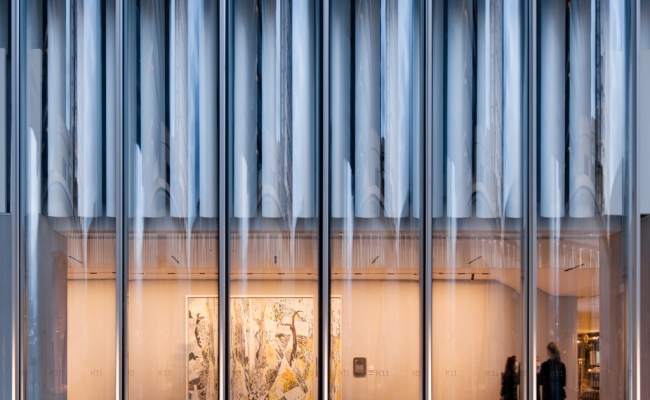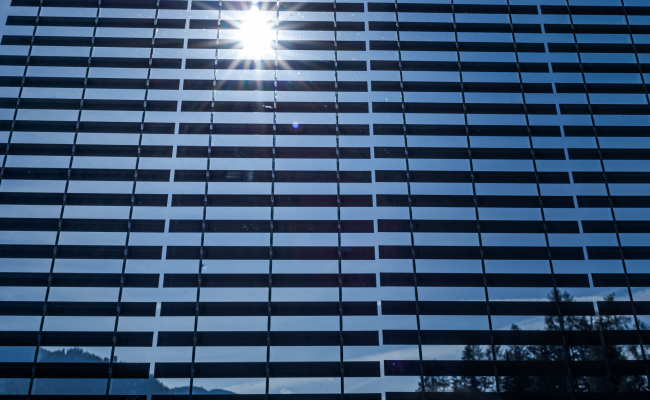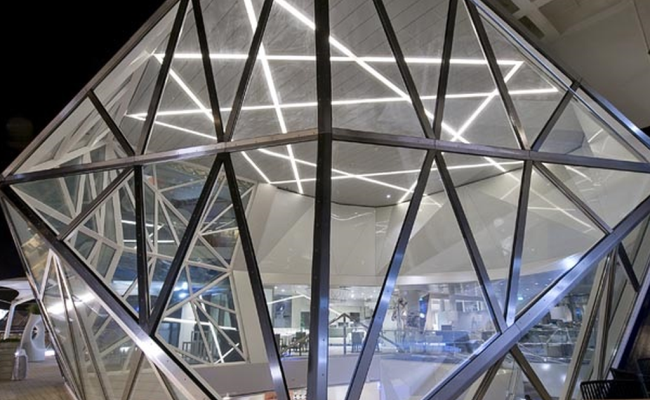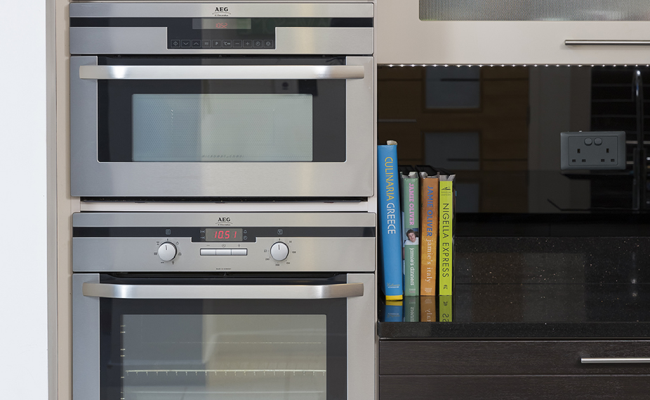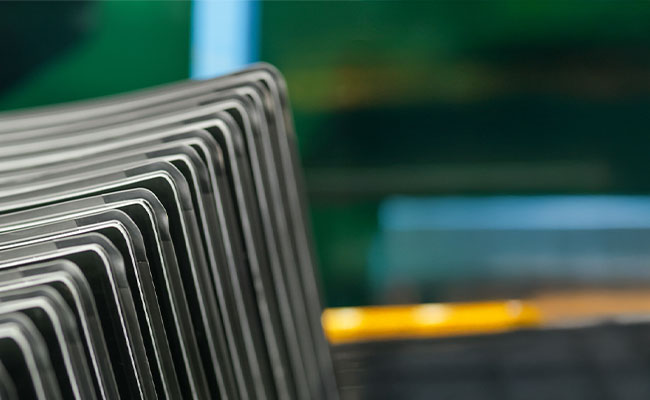Architectural Glass Products Downstream Processing
In Architectural Glass Products, the following types of processing are performed by glass manufacturers and also by other companies.
Architectural Glass Products Downstream Processing
In Architectural Glass Products, the following types of processing are performed by glass manufacturers and also by other companies.
Multiple Glazed Units
Multiple glazed units incorporate two (or more) panes, separated by spacers to create a hermetically sealed gap between each successive pane in the unit, e.g. Pilkington Insulight™. This gap can be filled with air which is subsequently desiccant dried, or low conductivity gases such as argon can be used instead of air in the cavities. Low emissivity coating can be added to one or more interior glass surfaces in a multiple glazed unit to provide improved thermal insulation. is used in buildings and vehicles to control heat and light transmission.
Architectural Glass Products Downstream Processing
Heat Treatment
Toughened glass, or tempered glass as it also known, is produced when float glass is heated to around 650°C, then quenched with air jets so that the surfaces are cooled quickly, and the inside core more slowly.
At room temperature, the core continues to cool. The surfaces go into compression and the core goes into tension. When the glass breaks, the core releases tensile energy resulting in the formation of small, safer glass particles. Toughened glass is used in safety glazing in buildings.
Architectural Glass Products Downstream Processing
Shaping
Glass can be bent into shape for some building applications. Between 500°C and 600°C the viscosity - or syrupy nature - of glass falls by a factor of 10,000 as it transforms from a brittle solid to a plastic substance.
The science of glass bending is to use this plastic phase to produce shapes that are free from wrinkles and other optical defects. Sag-bending is the most widely used process. The glass is heated to the plastic phase and allowed to sag under its own weight to the required shape.
Architectural Glass Products Downstream Processing
Surface Working
Fine surface textures can be applied using sand blasting and acid etching.
